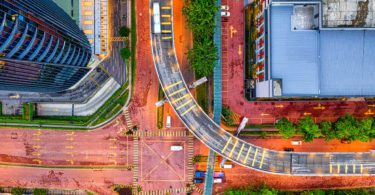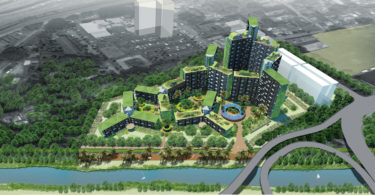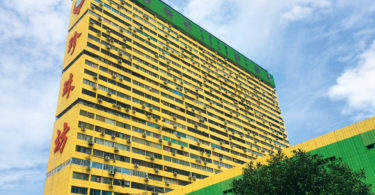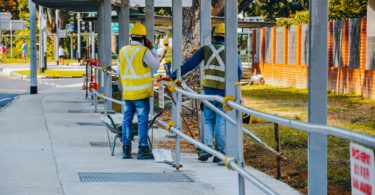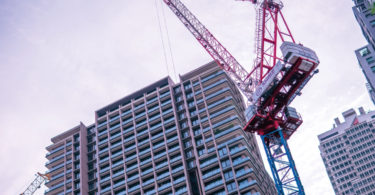By Irene Yong
Buildings have evolved from providing basic shelter and comfort to being healthy, sustainable and smart. We spend close to 90 per cent of our time indoors, especially since the pandemic hit. Assuring indoor comfort and wellness is one of the largest capital expenses for businesses today. Therefore, driving operational costs down in building management has become an important issue faced by developers and building owners.
Technologies such as BIM and Integrated Digital Delivery (IDD) have helped contractors to easily detect clashes and avoid rework and abortive works, and also perform proper bill of quantities for materials to reduce procurement wastage. A data-driven system can also optimise building operations and maintenance to minimise waste of energy. However, this could only be achieved with a combination of passive and active design strategies.
PASSIVE DESIGN STRATEGIES
Armed with a vision to make buildings durable and resilient, architects and engineers conceptualise their designs for functionality, aesthetics, safety and sustainability. The element of sustainability is key in driving future operational costs of the building as it would determine how long the building elements could last before it needs to be decommissioned due to inefficiency, dysfunctionality or obsolescence.

To read the complete article, register your details
and subscribe to the revamped Construction Plus App!
Irene Yong
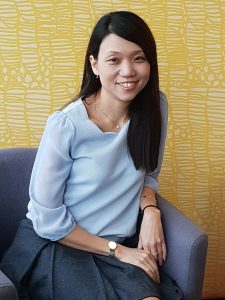
Irene Yong is Technical Director of Building Services in Beca, Singapore, and the Section Head for the Centre of Excellence (CenEx) team, heading a team of ESD Engineers in carrying out Green certification projects (Green Mark, LEED, GBI, etc.), building condition audits and diagnostics, technical due diligence, design reviews and feasibility studies. She is a Green Mark Advanced Accredited Professional and Singapore Certified Energy Manager and has successfully completed more than 50 Green Mark projects with vast experience in providing advice to clients intending to apply for Green Mark certification of Gold and above levels, in Singapore as well as overseas. Yong was also involved in several R&D projects as principal investigator and industry collaborator funded by Economic Development Board (EDB), as well as other R&D collaborations with University of California, Berkeley and Nanyang Technological University. She is currently involved in the Green Built Environment Advisory Committee Taskforce in Reinventing Green Mark and Pushing Boundaries Towards Net Zero Energy as part of the Singapore Green Building Masterplan 2020.

 Hong Kong
Hong Kong Singapore
Singapore Indonesia
Indonesia Tiếng Việt
Tiếng Việt ประเทศไทย
ประเทศไทย



